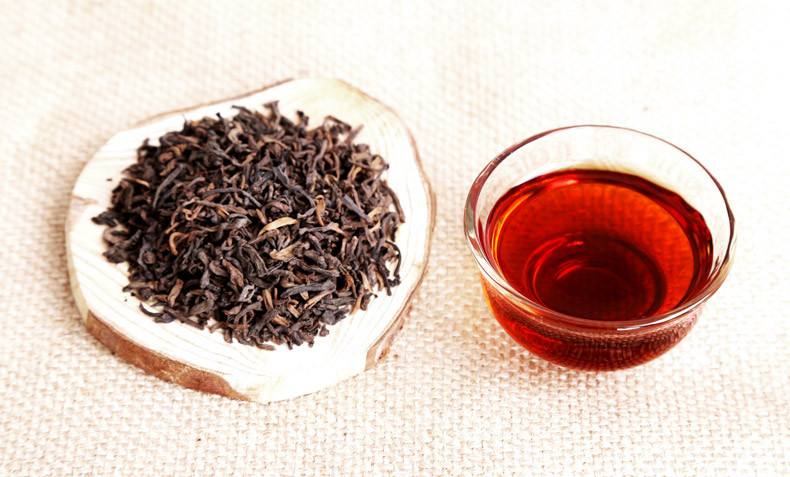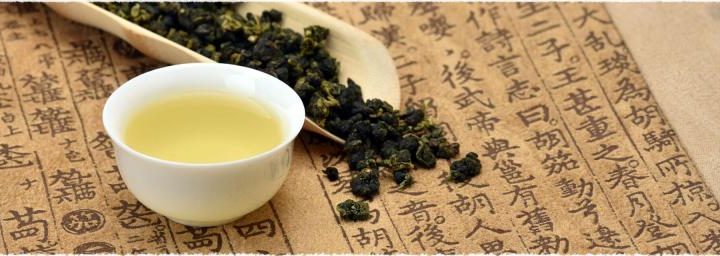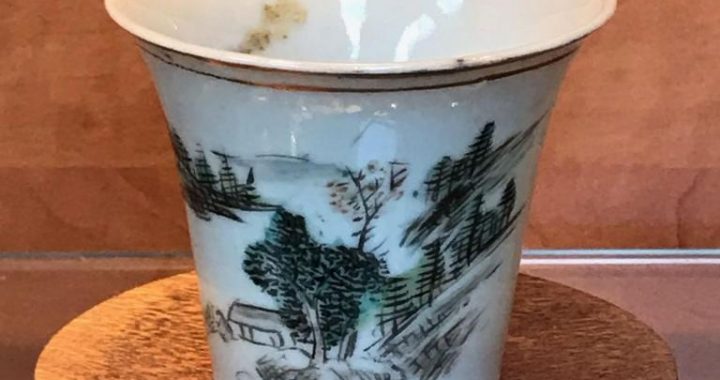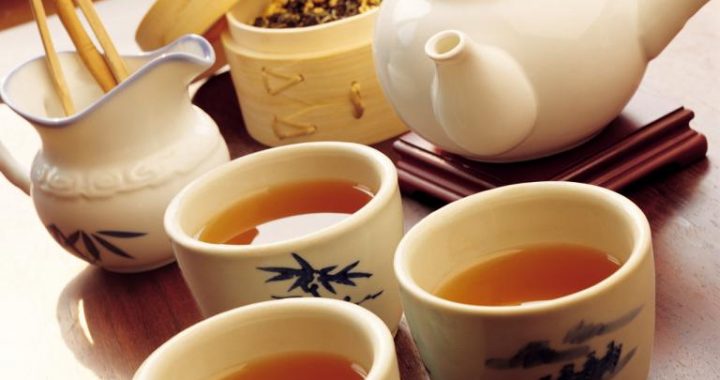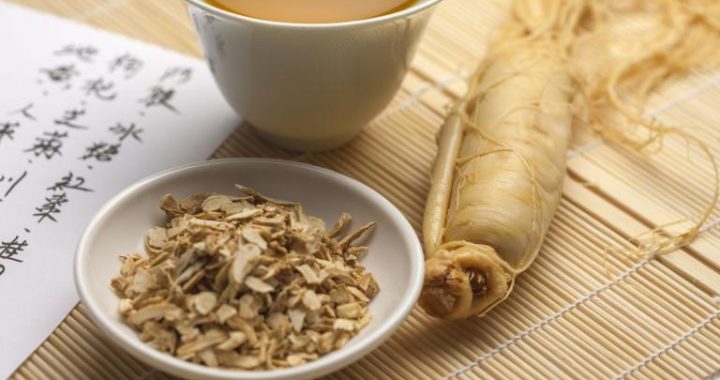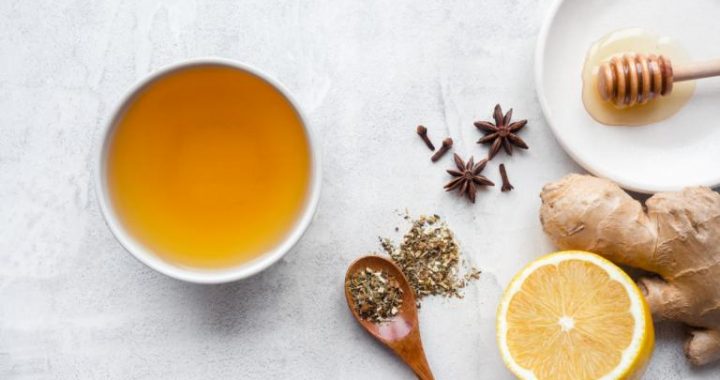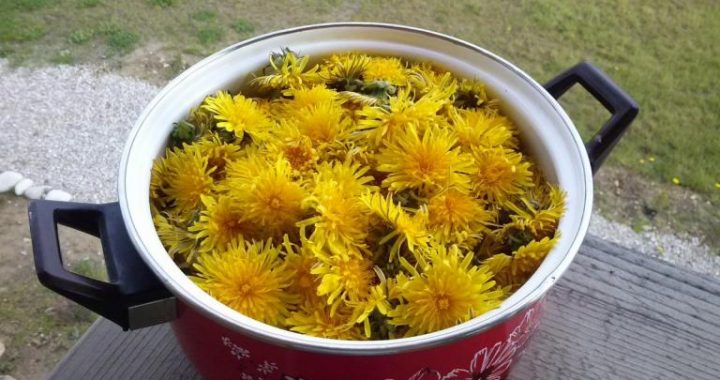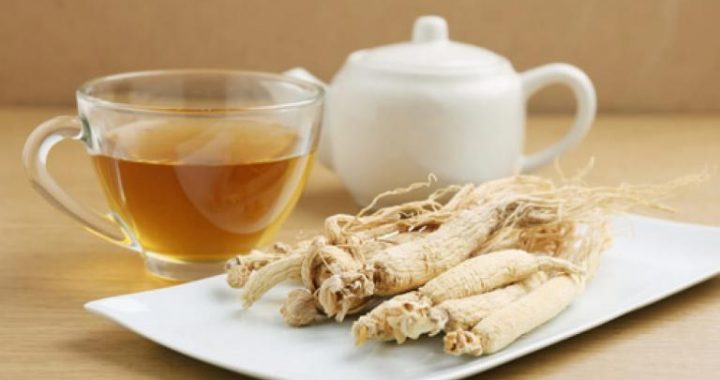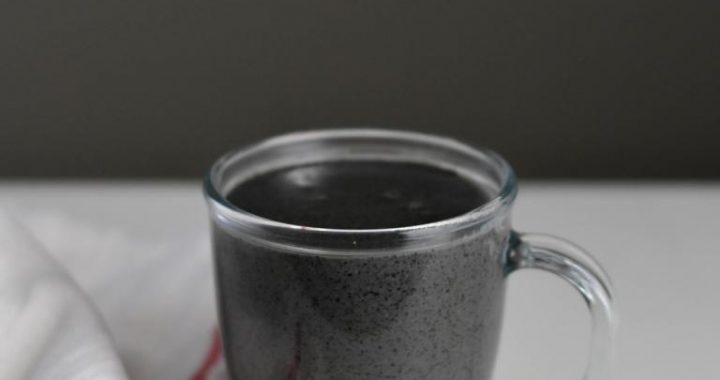According to the shape: compressed tea and loose tea
2 min readCompressed tea
Pu-erh tea is usually compressed into cakes, bowls, bricks, etc. Tea cakes packaged into piles of seven are called seven-cake tea. In olden times, one cake weighed 400g, andforty-two cakes were put into a bamboo basket. This number was determined by the height of horses for transportation and the size of the bamboo baskets. Today, most cakes weigh 357g each and 84 cakes make a basket. There are also 200g, 250g, 500g and 3000g cakes in the market.
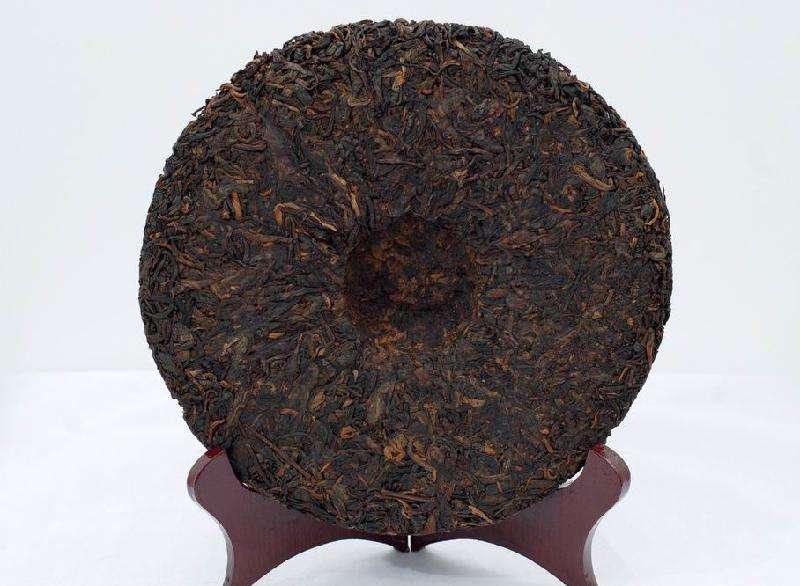
Pu-erh tea compressed into the shape of bowls is called bowl tea. There are 100g, 250g and 500g tea bowls in the market. Y ou may also find smaller ones of 5g or 10g.
Pu-erh tea in the shape of bricks is called brick tea. In addition, you will find heart-, pagoda-, pumpkin-and mushroom-shaped compressed tea. Quality compressed Pu-erh tea is the same color as loose tea. It is compactly packed with distinct edges and corners, and has a smooth and even surface.
Gourd-shaped Pu-erh
Cake-shaped Pu-erh tea
Bowl-shaped Pu-erh tea
Brick-shaped Pu-erh tea Mold for making brick- shaped tea at Yiwu, used by even the third generation of tea producers of today couple appreciating tea (carving).
Loose Pu-erh tea
Raw tea and processed tea are both called loose tea before being compressed. There are many kinds of sun-baked green crude loose tea. Processed loose tea includes Jinya (golden sprout), Gongting (imperial) Pu-erh (now denoting a grade of the raw material, details will be given later), and other kinds of loose tea.
